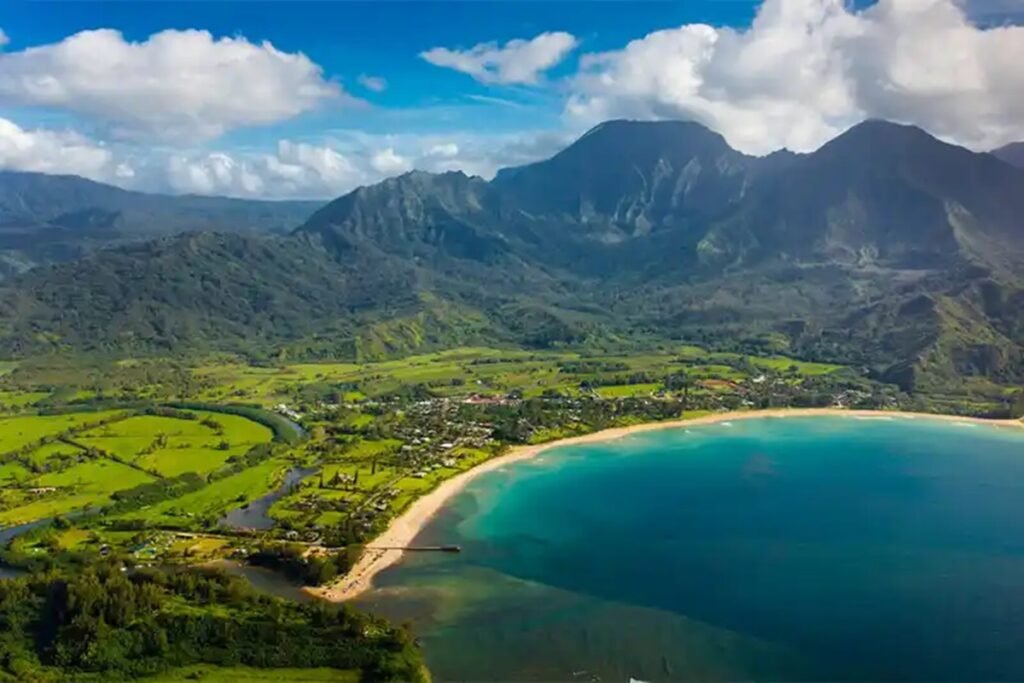ETHAN BROWN
In a world increasingly driven by technology, the individuals who have amassed great fortunes through tech enterprises are contemplating scenarios that once would have seemed like the stuff of science fiction. The specter of catastrophic events, be they environmental, social, or technological, has prompted some of the wealthiest tech titans to devise elaborate strategies for self-preservation. While the public may envision the future with a sense of optimism and progress, for some tech billionaires, the future holds a different narrative—one of escape and survival.
At exclusive gatherings and private discussions, tech magnates grapple with questions that transcend traditional investment talks. They ponder the regions least affected by climate crises, like New Zealand or Alaska, and the feasibility of ambitious projects such as quantum computing and living on Mars. The idea of escape is pervasive among these discussions, where the future of technology is less about societal benefit and more about personal transcendence from the perils of our planet.
One of the most vivid expressions of this apocalyptic anxiety is the construction of lavish bunkers, like the Vivos Europa One in Germany—a 228,000-square-foot complex originally built for military use, now reimagined as a luxurious survival shelter for the elite. Here, the rich can find refuge from disasters with amenities that rival those of a five-star resort, including restaurants, cinemas, and even a DNA vault. This sanctuary is designed to withstand nuclear blasts, chemical attacks, and natural calamities, enabling its occupants to live in isolation should the outside world succumb to chaos.
This phenomenon is not isolated. LinkedIn co-founder Reid Hoffman estimates that over half of Silicon Valley’s billionaires have invested in some form of “apocalypse insurance,” ranging from underground shelters to alternative citizenships in remote countries like New Zealand, known for its geopolitical detachment and natural serenity.
However, the notion of tech leaders as the modern-day Noahs, sequestering themselves and their resources aboard 21st-century arks, raises questions about their role in addressing the very crises they fear. Instead of retreating, the argument goes, these influential figures could be harnessing their resources and innovation to mitigate the threats facing humanity. By funding research in climatology, renewable energy, and sustainable technologies, they have the potential to make substantial contributions to the global effort to avert disaster.
The preoccupation with digital and genetic upgrades, as well as space colonization, reflects a broader technosolutionist view where technology is seen as a panacea for human shortcomings. As some yearn for an escape from the human condition, others argue for a more grounded approach, where the boundless potential of technology is applied to solve earthly problems rather than evade them.
From the silent walls of luxury bunkers to the lofty ambitions of space travel, the actions of these tech billionaires suggest a deep-seated concern for the future. Yet, the ultimate test lies not in their ability to escape the world’s problems but in their willingness to be part of the solution. As history has shown, no civilization can survive in isolation. The fate of humanity is interconnected, and the true mark of leadership and foresight may well be in recognizing that our collective future depends not on individual escape but on our shared resilience.
______________
Photo: Mark Zuckerberg’s Kauai’s Ko’olau Ranch in Hawaii.

